So you finally made the leap, and are going elk hunting for the first time. Chances are you’re going to an over the counter (OTC) unit, taking part in a drop camp, or doing it on your own (DIY). As a guide/outfitter in an OTC unit I wish you the best of luck! The odds are tough any given year, but as you put in your time you will achieve success. This article is meant to provide you some tips and tricks for your first few hunts. It is slightly geared towards archery hunters.
Pick The Unit or Pick The Outfitter:
The first step of the hunt is choosing where you want to go. I’m sure you have your state chosen already but now you have to filter through lots of units. For the most part, I would not choose a unit based on trophy potential for your first DIY hunt. Let’s get a few bulls under your belt before specifically targeting 300” plus bulls. There are a couple of units in Colorado that are OTC and are next to trophy quality units (units that take lots of points to draw and are managed for quality). Each year you hear stories of hunters calling some monster bulls out of the “trophy” unit into the OTC unit and tagging out with a 360” bull. This happens, but not regularly enough that I would plan a hunt there, solely for big bulls.
Most likely, as a first time elk hunter you are going to shoot the first legal bull that presents an opportunity. However, some units still offer either sex tags during archery season. So, to increase opportunity you may be better off choosing a unit that you can have an either sex tag in. To increase opportunity even more on your hunt, you can also look at getting a deer tag and or a bear tag as well. To receive a bear or mule deer tag you often times need to draw them, at least in Colorado, but you can usually pick them up on the leftover list if you missed the draw or are building points. Most folks are going to be focusing on getting an elk down but a 160” mule at 45 yards is hard to pass up! So do your research and find out where you can get all three tags each year without having to use points.
The next part of finding a unit is looking at ruggedness, remoteness, and hunter density. If you just made the 1,800 mile trip from the East coast and spent the last 40 miles driving on a dirt road to get where you have been “E-scouting” and you see another truck, or 5, it’s hard to not be a little discouraged. Unfortunately, this is the story of OTC elk units. As a rule of thumb, just know that you are going to see other hunters and use that to your advantage. To decrease the amount of hunters you see look for an area that is more rugged. This may help to dissuade other hunters from going to that unit or part of the unit. Also, as a rule of thumb the further from the road you go the less people you’ll see. This rule doesn’t always pan out, so be prepared for that! Chances are there is always going to be someone in better physical condition that will out hike you deep into a remote area. Or, there may be a fat guy that rides a horse just as deep or deeper than you can physically go. On the flip side, do not overlook easy to access spots. Sometimes the best spots are way closer and easier to access and everyone thinks that there wouldn’t be elk there but since everyone skips that close spot is the sole reason why there is elk.
If you want to have the DIY experience and increase success you may want to think about hiring an outfitter and doing a drop camp. If this is the route for you, pick your outfitter not the unit. Believe me when I tell you that the elk density varies just a little from unit to unit, but not enough to turn down a reputable outfitter and go with the more “shady” one. Call around and talk to several outfitters and ask for references. When you talk to the references remember that, that is what they are, references! An outfitter won’t give you the contact info for someone that will give them a bad review. I think the best and most honest source of references come from the hunters that didn’t tag out or even have an opportunity on an animal.
When you are talking to an outfitter and asking questions the honest outfitter that sets true expectations will most likely be the one you are happiest with. This means that the outfitter that tells you they had 60% success last year is probably fibbing by a little. Outfitter success and true success rates are very different! Outfitter success is usually opportunities on game and true success is filling out a tag. However, outfitter success is more important than true success. What you as a hunter most likely want is the opportunity to see, hear, and maybe be within range of an elk and have your heart pounding! Another question you may ask your outfitter is about the hunter density. Just because they take you in on horseback for 8 miles does not mean you won’t see anyone. If they tell you that you won’t see anyone my guess is that is a little bit of a fib as well. However, getting packed in 8 miles sure does put you in a better position than the hunter that had to hike the 8 miles in there.
At the end of the day, hiring an outfitter to do a drop camp significantly helps you and really doesn’t have any negatives except it costs money each year. Sure I make a living guiding/outfitting but the proof is in the pudding and drop camp hunter success is usually double to triple that of hunters that completely do it on their own. Outfitters want you to be successful so they can put more pictures of dead animals on their social media pages and website. They will probably share waypoints of wallows, glassing spots, historically productive meadows, etc.
Tips, Tricks, and Subtle Suggestions:
a.) Spend more time hunting, not traveling
Once you choose your outfitter or the unit stick to it! The hunters that go into one spot and don’t see an elk after two days and then bounce to a different unit are spending more time hiking/driving then they are productively looking for elk. The hardest part of elk hunting is becoming familiar with an area. Once you learn an area you will find elk. The little nooks and crannies are often times what hold elk. I would venture a guess that under 5% of the unit’s acreage hold 90% of the elk. What I mean is that a 100 acre aspen grove may hold 20 elk and the surrounding area for the next 2 miles has a lone bull wondering around. The only way you find these kinds of spots is spending time there. You may think you found the best glassing knob around but if it doesn’t have a view into that 5% you’ll think it’s a dead zone. Once you learn the hot spots for elk it gives you a great place to start the following year. Rarely, does a bull get killed in an area that hasn’t had an elk killed there in the past 5 years. Elk know the areas that are conducive to their feeding, bedding, traveling, and safety habits. Once you figure a handful of those spots out, you’re golden.
b.) Hunting the prime hours is key
Once you become familiar with an area you’ll find that you capitalize on prime hours a lot more! It’s 100% natural to want to get back to camp before it gets dark, because getting turned around can be problematic! Once you are familiar though, getting turned around is less of an issue and finding your way back to camp becomes second nature. Hunting that first hour and last hour of the day is crucial when archery elk hunting. It’s still relatively warm in September and elk are more active when the day is coolest.
Brushing up on your survival skills and having the necessary survival tools with you, tend to increase the amount of time in the field. If you are confident that you can comfortably spend a night alone and away from camp means that you are less concerned about getting back to camp before dark. So work on your fire making skills, can you build one in the rain? How about build one if it has been raining for 3 days and everything is soaked, or maybe you fell at a creek crossing and the tinder that you carry is soaked. I am by no means suggesting that you learn how to make a fire bow, though that would be pretty cool. Check out this great video on survival and fire making
c.) Calling
Learning how to call is definitely important but spending prime hours in productive country is way more important. Don’t get too fooled with podcasts and YouTube videos about calling, a lot of those they just want your money to teach you how to call great. Calling great is awesome, but elk are just like people and they don’t all sound the same. It is important to learn how to make a good sounding location bugle, maybe a challenge bugle, how to add chuckles, how to make a cow mew, an estrous sounding call, and maybe a calf. But remember, you are hunting an OTC unit and over calling can be the difference between killing a bull and never seeing an elk. The biggest tip is that less is usually more.
Instead of spending enough time to be a competitive caller, learn how to make a good sound and not squeak your cow call when under pressure, you are probably good to go. Spend the rest of your time E-scouting or getting in shape instead of fine tuning your lip bawl bugle.
Bugling is hands down the sexiest way of calling and can be extremely productive! It can help you locate animals and help you call them in. However, bugling too much can send them running. Once I locate an animal I get down wind of them as fast as I can before they have a chance to move off. If you can get within 100 yards of them without making an elk sound the better! Once you’re in their wheel house of comfort you can let a bugle out and game on. If you have to make another location bugle or cow call to position yourself within the 100 yards that’s fine but once the bull bugles back don’t keep calling, just get inside his wheel house!
Since bugling is the iconic sound of the west come September hunters often just say “All I want is to hear a bugle.” So not hearing one is extremely frustrating. If you haven’t heard the bugling activity that you think you should be the easiest thing to do is blame it on the lack of elk. However, I promise you that there is elk within reasonable walking distance every day. No matter the hunting pressure in the area elk still rut they just do it more in the dark than they do during the day. The best way to capitalize on this is to wake up at 3am and head out for the morning. Get on a ridge and start walking. Every quarter mile let out a location bugle. Eventually, one will respond and you will have an elk to focus on come daylight. I know this sounds miserable but that’s OTC elk hunting for you.
Another successful method of calling in elk is getting to an area that you know elk are using and get down wind of them or where you think you are. Give yourself a few minutes to let things calm down and get yourself set up (range trees, knock an arrow, etc.) Then give a few cow calls and be quiet, still, and on the ready. You may call in a cow, a calf, or a big bull. A lot of times they will be 100% silent coming in. I use this strategy a lot during non prime hours of the day. This is a great strategy if you need to cover ground and still be actively hunting. If nothing comes in, bump a few hundred yards closer to where you think the elk may be then repeat.
A relatively unconventional method to a novice elk hunter is using a decoy. Elk have great eye sight and their hearing is impressive! They know exactly where a call is coming from. I’ve already been messing around middle of the day calling with a buddy thinking there isn’t any elk around and then leave from that spot, just to look back and see an elk standing EXACTLY where I was when I made that call. Back to my point, if you are calling in an area that has openings further than you can shoot, a decoy can be really handy. A bull may pop out at 100 yards looking for the cow that you made the sound of. However, he’s looking right at that spot and is looking for that cow. If he doesn’t see her he knows something is up.
If you are hunting with a buddy, and don’t have a decoy another great strategy is for you to get set up about 60 yards down wind of your buddy that is calling and the caller behind some kind of topography. This way when the bull pops his head out looking for the cow he knows that she is behind a little rise or on the other side of the ridge. The caller can also be walking around in circles breaking limbs, rolling rocks, etc. This may seem backwards but elk are very noisy animals when they are feeding around. If a bull thinks that the cow is out of sight he will most likely try to circle down wind, and then once he catches her scent walk straight towards her. To prevent the bull from smelling your buddy (the caller) you have him cut off 60 yards before he can catch the wind.
Rattling may seem like a whitetail trick but it can be very successful at calling in younger bulls. Remember that a legal bull in an OTC unit is a trophy, especially with a bow. If you have a couple of raghorn sheds or even some deer sheds, clinking those together gently as if two younger bulls are sparring can be a great tool. Think of it from an elk’s perspective, who doesn’t want to see a fight? Add a couple chirps into the sequence and you are onto a great start.
We’ve all seen moose guides on TV taking a shoulder blade and raking a tree or brush but this is a great early season tactic! Take a stick and rake the crap out of a sapling with it but be ready! Better yet have your buddy do it while you are on the look out with an arrow knocked.
The last unconventional method of calling that I do is glunking. Pull your bugle tube out and tap the end. Some callers believe this only works on a herd bull. However, in OTC units there are not as many “herd” situations as you may think. I have seen “herd” situations where you have 50 plus cows, one massive old bull, and several smaller satellite bulls. This is uncommon and if you have the opportunity to see that enjoy the moment and good luck killing the herd bull, you’ll need it! Fortunately, a lot of “herds” in OTC units may be one bull with 5 cows. That’s good news for you because that 5×5 bull doesn’t want those cows taken away from him by another bull. If you watched a bull bed down in an area with some cows and you can sneak into the 100 yard range and glunk, that bull will be pissed off and coming looking to kick your ass! This is especially a great tool to use when you are not hearing much talking going on, which happens A LOT in OTC units that receive hunting pressure. Glunking is a great alternative to bugling if the elk seem to be call shy or deathly afraid of a bugle sound during the day.
d.) Physical Shape/Mental Toughness
Of all the potential reasons why hunters go home empty handed, their lack of physical fitness and mental toughness is at the top of the heap. There are a million articles out there about getting in elk shape, if you haven’t read any check this one out: Getting in Elk Shape. With that being said, a lot of folks don’t take it serious and they regret it as soon as they hit the trailhead. It’s amazing the oxygen difference at 2,000 feet back home in your office and 10,000 feet with a 50 pound pack!
The more you train before the hunt the happier you’ll be and the more hunting you’ll get in! It’s pretty amazing how many times you can find yourself sprinting through the mountains! For example, you glass up some elk feeding at daylight and you know they are headed towards the dark timber to bed. You can safely assume you have an hour that they will still be up feeding. However, you are 1,000 yards away and to not be seen or smelled you need to cover closer to a mile to get to them. Let me tell you, the faster you get over there the more time you have to sneak into a good spot to ambush them and the more time you have for your heart to calm down after your sprint! At the end of the day though, my hope is that 5% of the people take this advice and get into shape! Otherwise, too many elk will get killed; that’s how important/game-changing being in shape really is! Of all the hunters I’ve guided and have come through the outfit, I have never had one say they overtrained or it was easier than they had thought it would be. I have a rule of thumb with zero scientific backing to it, but it’s a 3 to 1 rule. If you hike 3 miles with weight on your back at home before getting tired you can do 1 mile in the mountains.
Mental toughness and physical fitness go together like Forest Gump and Jenny. Physical fitness may get you to camp or almost there. Reach deep down and power through and get to where you want to be, don’t settle. If you settle you’ll regret it everyday! If you come from sea level and camp at 10,000 feet I will almost guarantee you will experience some sort of altitude sickness. It’s important to know the symptoms and when those symptoms become serious! If it’s a headache or a sleepless night, get up and make sure you are out hunting that first hour of daylight, if you are going to sleep do it during the afternoon when the hunting is slow! Missing a morning or an evening is really like missing 15% of a 5 day trip, just because the odds of killing something in the morning/evening is so much higher than the rest of the day. Mental toughness can not be taught, but is learned through shitty experiences. I recommend reading David Goggin’s book, Can’t Hurt Me and maybe even bring it with you on your hunt if you need some motivation. Mental toughness goes a lot further than hiking further then you thought you could have or pushing your body. It’s more important when things are slow and you start thinking about quitting. It may be day 4 and you haven’t seen or heard an elk. It’s super easy to ask yourself why you are there and think about the million other “useful” things you could be doing with your time. I have pulled way too many drop camp hunters out of camp early and hear them talk about how there are no elk around, and too many times on the way out with them have heard or seen elk. I don’t think that there is a hunter out there that doesn’t regret going home early, because they are discouraged.
e.) Camaraderie, enjoying yourself, and fishing
Hunting with a buddy is key to elk hunting: two hunters is ideal for a caller/shooter set up, you can bounce ideas off of each other, and help keep each other motivated. This is also a great time to be building your friendship. Buddies hunting together either become closer after an elk hunt or despise one another. The biggest factor when choosing a hunting partner is making sure you have a similar level of physical fitness. If you feel like your are constantly slowed down by them you’ll soon despise them because of it. If the friendship is improved upon from the hunt you’ll have memories to last a lifetime even if you don’t harvest an animal.
Remember, your elk hunt is your vacation time and don’t put too much pressure on yourself. Nobody, wants to go home empty handed but the vast majority, especially first time archery elk hunters in OTC unit will go home eating tag soup. But when you get discouraged its best to soak in the little things! Chances are you are in some of the most pristine and beautiful areas in the world, cherish that! Take pictures of the sunrise/sunset and enjoy the gray jays (camp robbers/whiskey jack/Canada jay all the different names for the same bird) eating the crust from your sandwich, the 5-lined ground squirrel with cheeks so full of food it makes you laugh, or the pika that doesn’t stop chirping.
If you still are discouraged or looking for some action pick up a fishing rod and go catch some fish. A lot of western creeks and high alpine lakes are teaming with trout. These trout are usually super easy to catch and not very picky. If you haven’t fly fished before I bet you’ll catch your first fish on a fly rod in the high country.
f.) Shooting
This should go without saying but your shooting skills need to be on point! You don’t get a lot of opportunities in a week of elk hunting, so you need capitalize. This goes for rifle hunters and archery hunters. I don’t recommend shooting an animal past 60 yards with a bow because too much can happen during that split second your arrow is in the air. Your arrow can hit exactly where you were thinking it would but an elk “ducking” the arrow is the difference between a perfect lung shot and hitting high void and never finding it. Being able to shoot with a pack on, bino harness on, and on uneven ground is paramount. Make sure you are practicing for real situations. My guess is that your shot won’t be at 20, 30, or 40 yards on the dot. Know what happens to your arrow at 36 yards not just. 30 or 40.
Everyone has an opinion on what broadhead to shoot. Honestly, it doesn’t matter! Just make sure it’s 100 grains or larger and is legal in the state you are hunting. If you want to shoot a fixed blade over an expandable great. If you want to shoot a two blade rage expandable that’s awesome too. Just know that if you make a bad shot it doesn’t matter what broadhead you are shooting, you won’t find your bull. If you make a great shot a field point could work. The big takeaway is shot placement is everything and if you end up making a poor shot, own it and don’t blame the broadhead. I’ve seen a lot of animals killed with a bow and have never seen a broadhead not do exactly what it advertises it does.
The picture above is of a bull I shot with a 100 grain Rage Hypodermic at 55 yards.
There’s one shooting exercise I read about that is a great tool that you can you learn your true hunting affective range. If you are backpacking into the mountains or are getting packed in via horseback you most likely won’t be taking a target along with you. To imitate a real life hunting situation do not shoot your bow for 2 days. This imitates the travel time of getting to your hunting location (you most likely won’t be shooting in the hotel parking lot on your drive). On the the third day and for the following 5 days only shoot one arrow a day wearing your expected hunting attire. Start at a reasonable range that you are fairly competent at shooting. If you hit a 6” circle that’s awesome! The following day back your range up by maybe 5-10 yards. Again, put on your hunting attire and shoot. If you hit your 6” circle again you can keep moving back each day. This mimics getting one stalk/day. I know that my first arrow of the day is not my best shot of the day. Usually after the first volley of arrows I find my groove and nailing a 6” circle at 100 yards is pretty normal. In a real life situation you’ll be lucky to let one arrow fly during the course of the week. Again, I think the key here is to be shooting at distances that are not directly associated with each of your pins.
G.) Scouting/daily game plans
If you are able to make it out to the unit you are planning on hunting before you show up that’s ideal! Chances are that if you are from the east coast this is not a feasible option for you. So get on Google Earth and start looking for elk areas. If you don’t know what that looks like there are lots of articles on the internet that describe exactly that. If you have the OnX Hunt app you can transfer points from Google Earth onto it or you can just use the app and look at the satellite/contour lines to find “elky” areas. You should have several places you want to check during your hunt that are within a reasonable distance of where you are camped. Chances are that what you see in person will change some of the places you chose but at least you have a game plan on the first morning.
Having a game plan is key to start the day! Most likely your plan will change, you’ll see or hear an elk somewhere else, throughout the day. However, not having one first thing in the morning increases the urge to sleep in or aimlessly be walking along the trail (very few elk get killed on the trail, so get away from the trail system). Getting to a glassing spot or running a ridge bugling is productive. If along the way ridge running you see fresh elk sign go investigate it! Seeing elk sign is promising but just remember it means elk WERE there and they may not be there now. Know the difference between 3 hour old poop and day old poop. If its slimy and a greenish color you’re hot on their heels, and start focusing on getting the wind right and being quiet.
H.) Drop the weight in your pack
If you are hiking into an area to set up camp it can be tough to drop the weight out of your pack. You need the essentials! However, know that ounces equals pounds and pound equal pain. I like to enjoy my time on the mountain and carrying camp shoes, a chair, fishing rod, etc is worth the additional weight to me. One thing I don’t carry is a spotting scope because for the most part it’s not worth it, different story when sheep, goat, or hunting for big mule deer. For hunters using an outfitted drop camp you don’t have to worry about weight as much but most likely your outfitter will have a weight limit per person. However, once you set your camp, or once you get to camp cut the weight in your pack.
There’s a lot of stuff you can leave at camp everyday when you head out. Having layers, rain gear, lots of water, and food is key. However, you can use your rain gear as a layering system. So maybe all you need is your shirt, puffy jacket, and rain jacket instead of bringing a normal jacket, etc. Having under 20lbs in your pack for day hunting is critical. More than that you’ll fatigue easier and walking off of the trail with weight and being silent is tougher than you think.
I.) Willing to spike camp.
This one is more for the drop camp hunters than the hunters hiking in. If you hiked in you already brought a tent and for the most part living out of your pack for the duration of the hunt. If you are a drop camp hunter bring a small light weight tent. I’m not saying carry everything you need for 3 days with you while you day hunt from camp. However, I bet there will be a time during the hunt that you’ll glass up elk that you can’t efficiently hunt from your base camp. This is a perfect time to head back to camp load up your tent, sleeping bags, and a few Mountain House meals and head towards the elk. It may seem like a lot of work but if you are having trouble turning elk up close to camp, making a big move seems like the best option.
Conclusion:
OTC elk hunts are tough and success is very low. Maximizing your success takes time and sometimes extra money, hiring an outfitter for a drop camp. Just realize that chances are you won’t be successful your first couple years and you’ll blow a lot of opportunities. However, you learn a lot more from mistakes than you do from being lucky once. The good news is that for the hunters the are consistent and keep trying year after year will soon become stone cold killers! Hunters that can successfully kill a raghorn bull elk every year in OTC units are leaps and bounds better elk hunters than those who only hunt trophy units/private ranches, Indian reservations, etc. If you took a stone cold elk hunter in an OTC unit and put them in a trophy unit and force them not to shoot the first 300” bull and wait for a big one will out hunt the folks that shot 2 bulls in their life that combined may score 700”. If you’re up for the challenge of grinding and becoming the best hunter you can be an OTC elk hunt is for you.
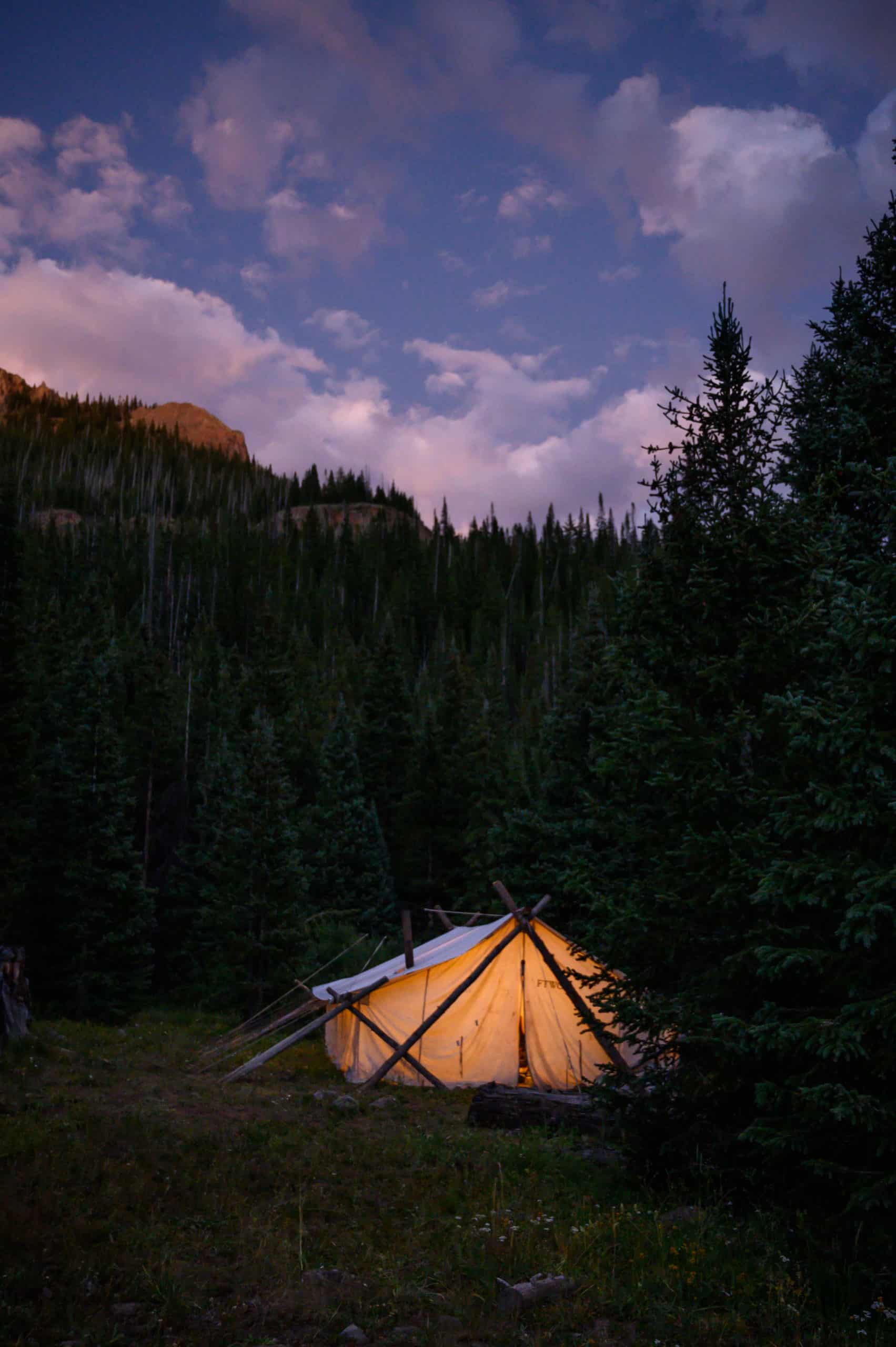
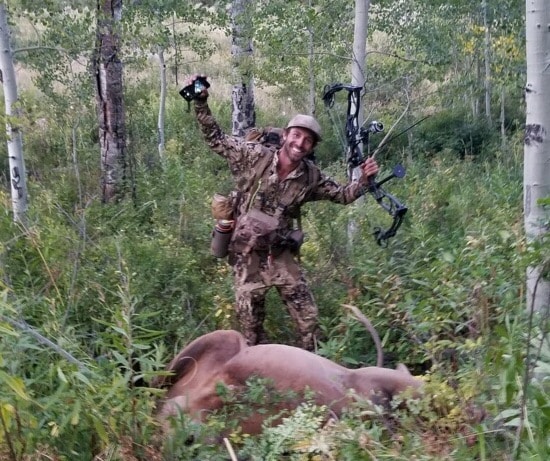
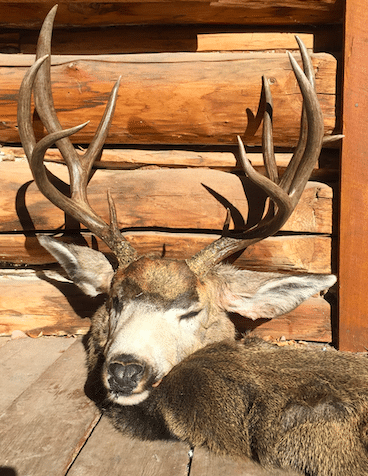
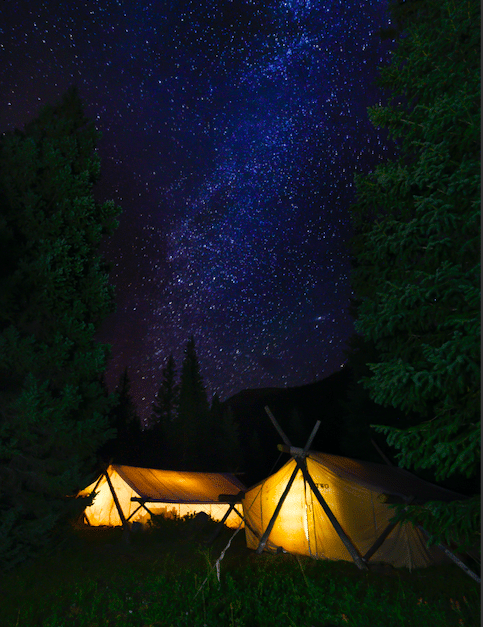
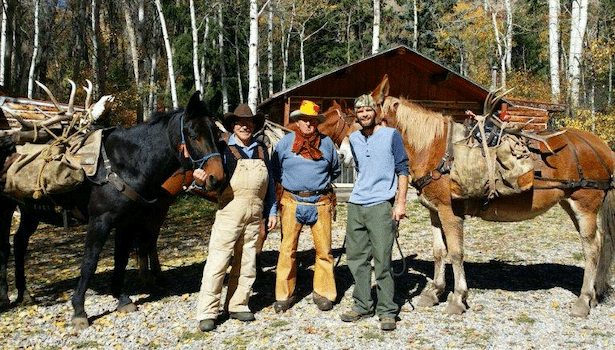
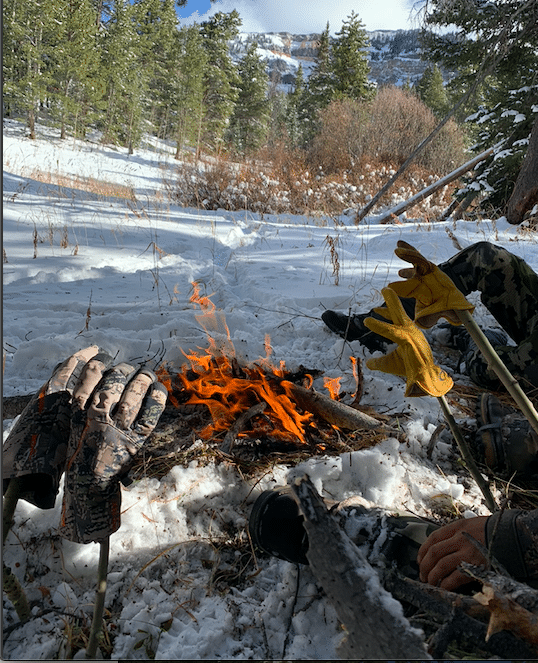

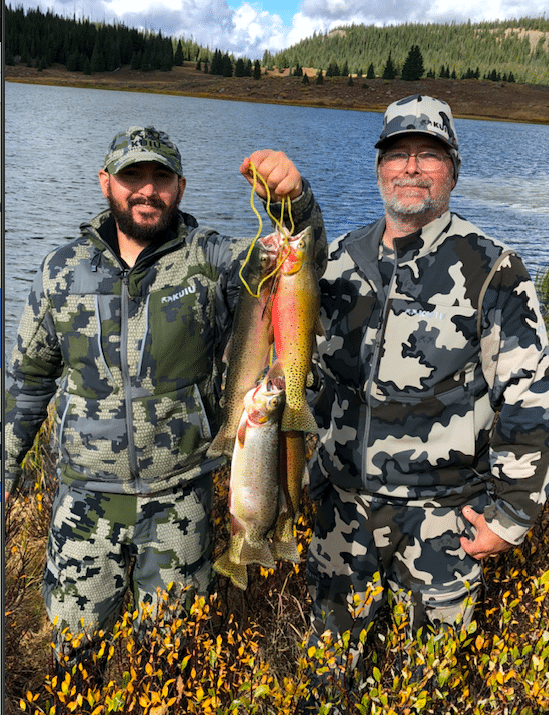
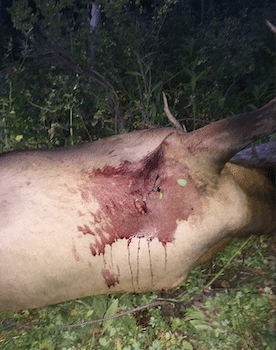
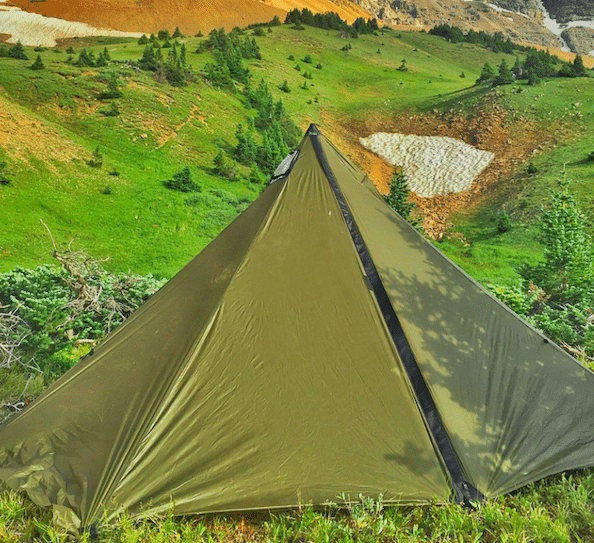
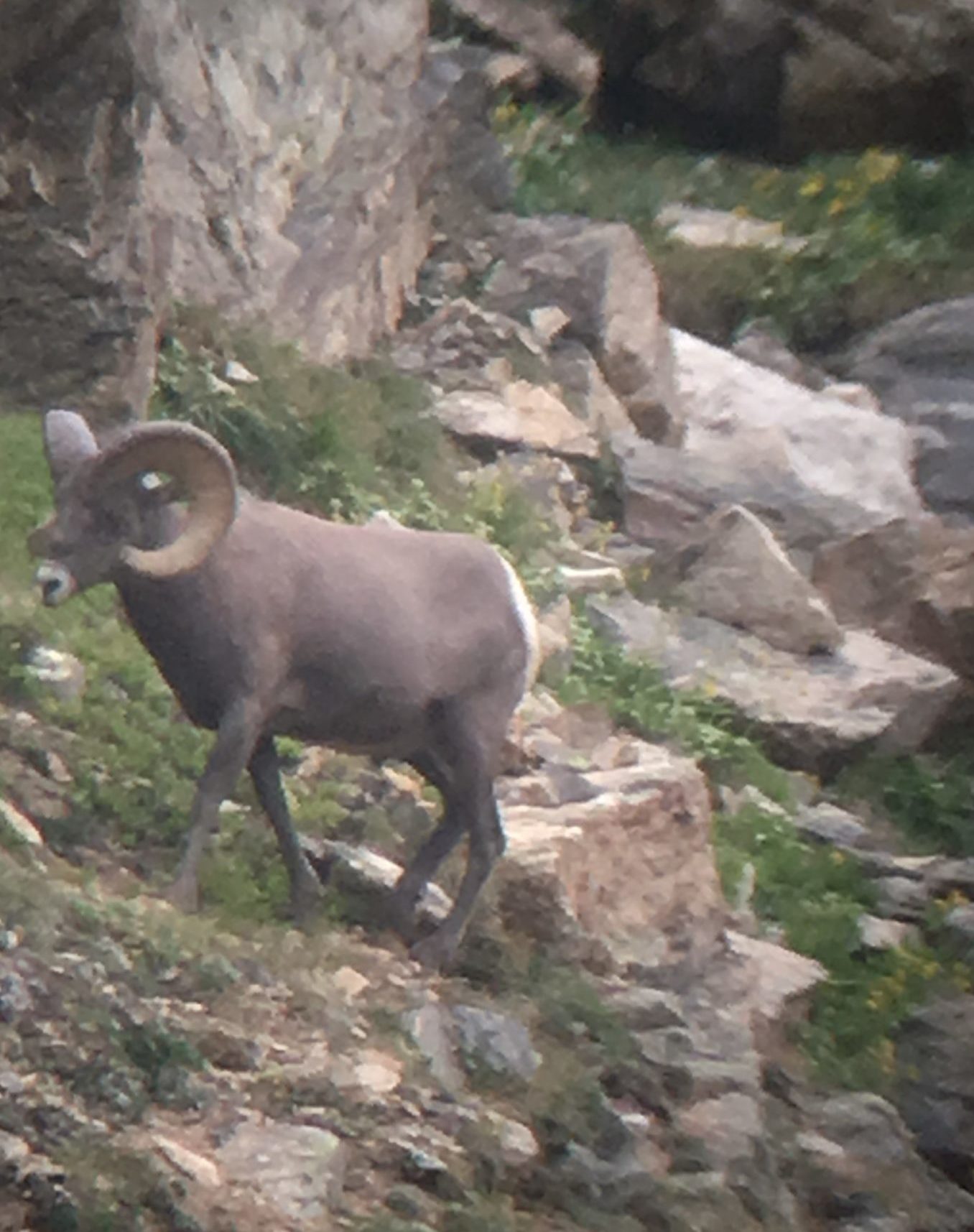
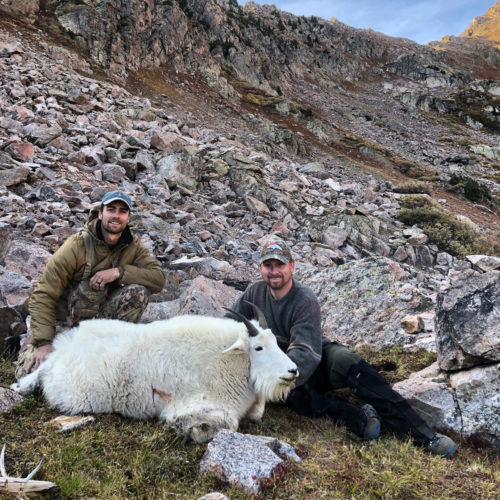
Appreciate the tips, you dropped a lot of great information here! It always amazes me how many times it all comes together right towards the last day of the season, or the last day of the hunt. Persistence will eventually pay off and like you mentioned, unsuccessful hunts are just as important, if not more important, on the lessons you learn that make you a better hunter. Thanks for sharing your knowledge to help others be successful.